| Plant Habit: | Herb/Forb |
| Life cycle: | Perennial |
| Sun Requirements: | Full Sun to Partial Shade Partial or Dappled Shade |
| Water Preferences: | Mesic Dry Mesic Dry |
| Minimum cold hardiness: | Zone 4a -34.4 °C (-30 °F) to -31.7 °C (-25 °F) |
| Maximum recommended zone: | Zone 10b |
| Plant Height: | 6 to 12 inches |
| Plant Spread: | 12 to 24 inches |
| Leaves: | Other: pubescent (velvety, hairy); may be eaten by caterpillars of the buckeye butterfly (Junonia coenia) |
| Fruit: | Other: A capsule (pod); when ripe, it ejects seed several feet away from the mother plant |
| Fruiting Time: | Fall |
| Flowers: | Showy |
| Flower Color: | Lavender Purple |
| Bloom Size: | 1"-2" |
| Flower Time: | Late spring or early summer Summer Late summer or early fall |
| Suitable Locations: | Xeriscapic |
| Uses: | Groundcover Will Naturalize |
| Wildlife Attractant: | Bees Butterflies |
| Resistances: | Humidity tolerant Drought tolerant |
| Propagation: Other methods: | Cuttings: Stem Division |
| Pollinators: | Moths and Butterflies Bees |
| Containers: | Needs excellent drainage in pots |
| Miscellaneous: | Tolerates poor soil |
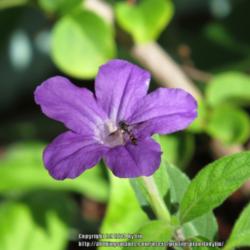
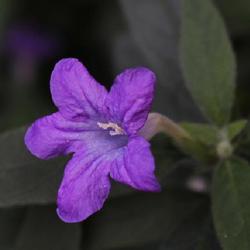
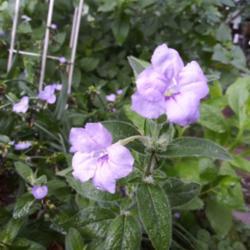
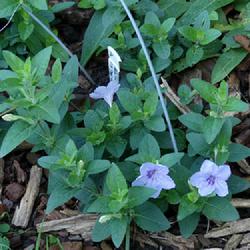

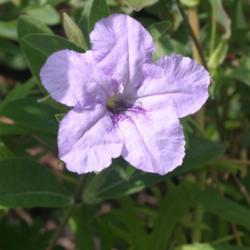

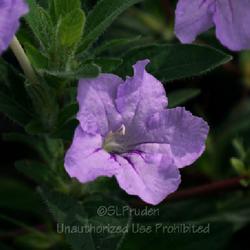
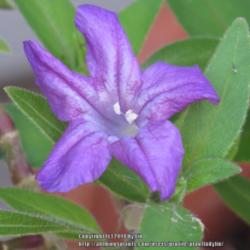
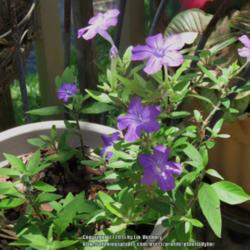
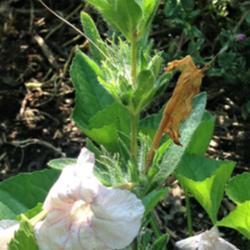
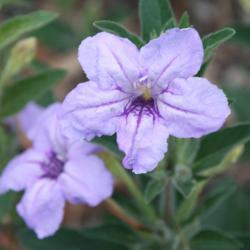
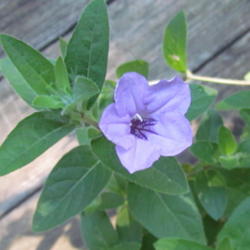
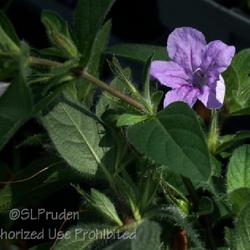

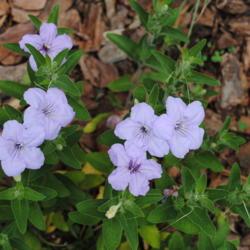
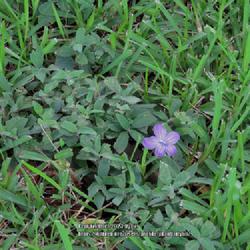
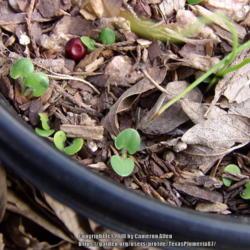

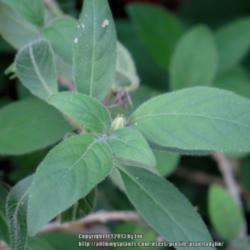
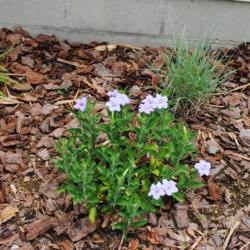
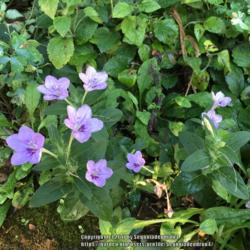
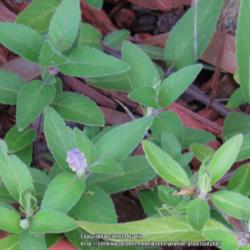
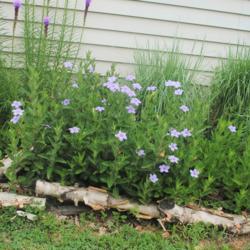

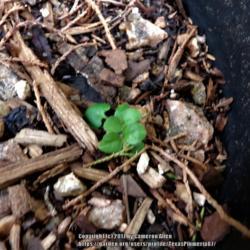
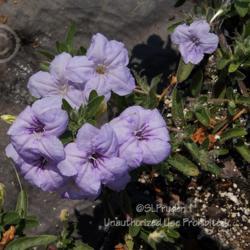
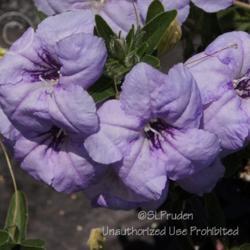
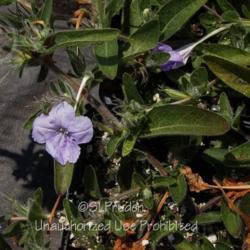
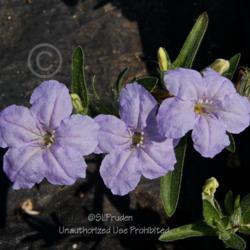
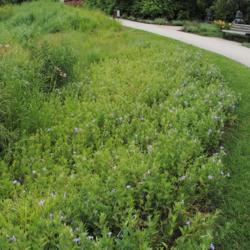
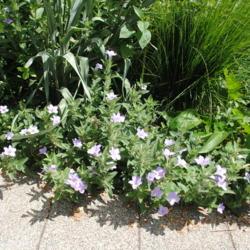
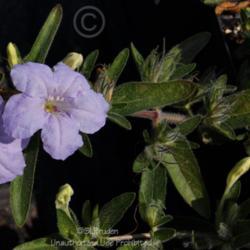
| MrsBinWY | On January 20, 2019 | Seeds sown WS 13 seeds (all) from vma4922 (commercial for 2016) in milk jug (labeled Wild Fringeleaf Actanthus) |
| MrsBinWY | On December 23, 2018 | Seeds sown WS ~12 seeds (all) from ishareflowers in milk jug |